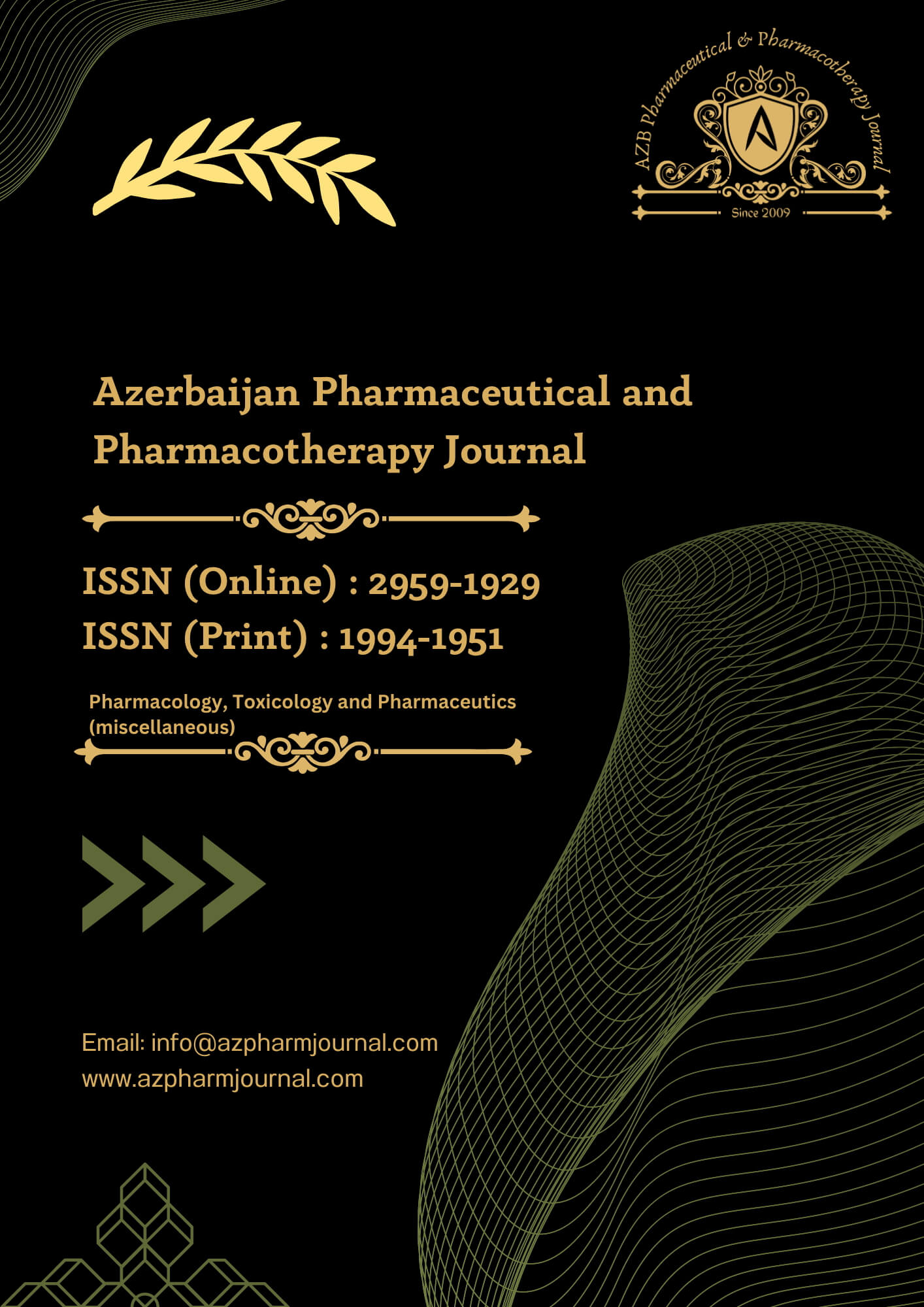It is to be noted in this study that 12.2% DSH patients attempted suicide. There is a wide variation in suicide rates within India (Vijaykumar, 2008). A higher proportion of male patients had psychiatric hospitalization. Nandi et al.[4] revealed that that there was preponderance of male suicides, the vulnerable age group being those between the ages of 18 to 30 and the most common method employed was poisoning. In contrast to these reports Shukla et al., (1990) in their study on the incidence of suicides in Jhansi city reported more suicides among women
This study results indicated that 1/3rd (33.9%) had a history of past psychiatric illness and similar number had present psychiatric disorder either less or more than 1 year equally. The negligency towards psychiatric care could be obvious by that, that only half of the DSH patients of past psychiatric illness had received treatment and had been hospitalized in the past. Satyavati, (1971) investigated attempted suicides in psychiatric in patients and reported that during a one-year period out of 1881 admissions 126 had made suicidal attempts with drowning being the most commonly employed method. Patients with schizophrenia accounted for 64% of the attempted suicides. Gupta et al. (1992) in their two-year follow-up study of patients who had attempted suicide with schizophrenia and depression reported that 51.8% of the suicide attempters had a personality disorder, 42% had neurotic symptoms during childhood and 23.5% had a history of drug dependence. During the follow-up period 17.1% of the schizophrenia patients had attempted suicide again with one completing suicide, compared to 19% of the depressed patients.
The attitude towards female psychiatric patients was more grievous as only 1/3rd of females had received psychiatric care as compared to 2/3rd of male DSH patients. The differences were statistically significant and therefore are important to promote education regarding the nature of psychiatric disorders and their treatability across the community to allow early detection and timely treatment thereby minimizing suicide attempt/deliberate self-harm. Similar findings have been previously reported (Sarkar et al., 2006; Das et al., 2008)
The presence of psychiatric disorder is among the most consistently reported risk factors for suicidal behavior (Vijaykumar, 2010). Mood, impulse control, alcohol/substance use, psychotic and personality disorders convey the highest risks for suicide and suicidal behaviors (Vijaykumar, 2008; Vijaykumar, 2010) and the presence of multiple disorders is associated with especially elevated risk.
The present study reports the frequency and severity of stressful life events (n=684) specifically undesirable events (n=398) occurring more in DSH patients. The differences were statistically highly significant when compared to the number of events occurred in control group (n=286).
Adverse stressful life events acts as an inflammatory substance in fire when happen in the lives of vulnerable DSH group suffering from underlying psychopathology this leading to severe consequences.
As noted in the present study that DSH patients had significantly higher neuroticism and psycotism previous studies also recorded similar findings. There is strong evidence that neuroticism is robustly correlated with many Axis I and II mental disorders from childhood through adulthood (Clark et al., 1994; Krueger and Markon, 2001; Khan et al., 2005).
It was concluded that patients of DSH have some or other psychiatric problem and stressful relations and must be handled with care to prevent suicide.
